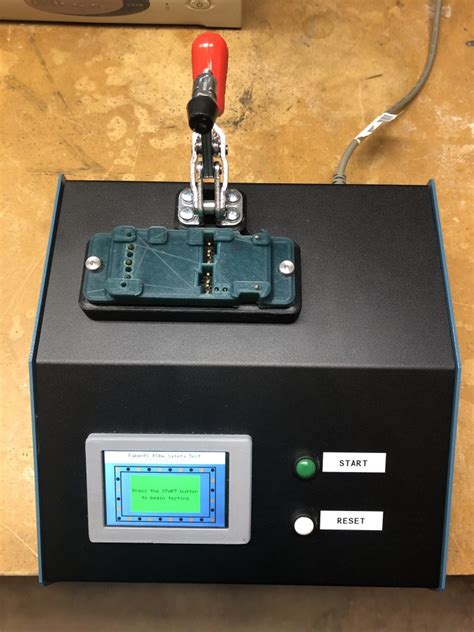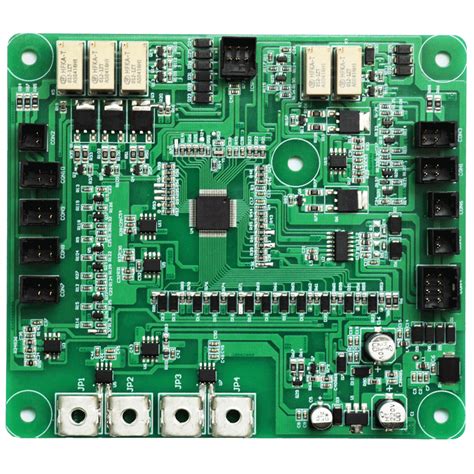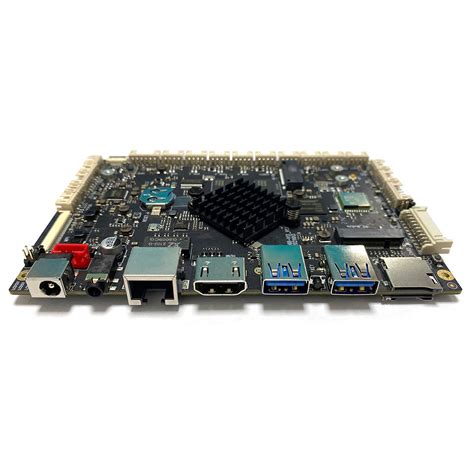Introduction to PCBA Draftsman
PCBA Draftsman is a powerful tool that allows PCB designers to create detailed and accurate drawings of their printed circuit board assemblies (PCBAs). It is an essential tool for conveying design intent and ensuring that the manufactured PCBA meets the desired specifications. In this article, we will explore the features and benefits of using PCBA Draftsman for creating PCBA drawings.
Benefits of Using PCBA Draftsman
There are several key benefits to using PCBA Draftsman for creating PCBA drawings:
-
Improved Communication: PCBA drawings created in Draftsman provide a clear and concise way to communicate design intent to manufacturers, assembly teams, and other stakeholders. This helps to reduce the risk of misunderstandings and errors during the manufacturing process.
-
Increased Accuracy: Draftsman allows designers to create highly accurate drawings that include precise measurements, tolerances, and other critical information. This helps to ensure that the manufactured PCBA meets the desired specifications.
-
Time Savings: Creating PCBA drawings in Draftsman is much faster and more efficient than traditional manual methods. This can help to reduce the overall design cycle time and get products to market faster.
-
Integration with Other Tools: Draftsman integrates seamlessly with other PCB design tools, such as Altium Designer, allowing designers to easily import and export data between the two tools.

Key Features of PCBA Draftsman
PCBA Draftsman includes a wide range of features that make it a powerful tool for creating PCBA drawings. Some of the key features include:
1. Automated Drawing Creation
Draftsman can automatically generate PCBA drawings based on the PCB design data. This includes component placement, board dimensions, layer stackup, and other critical information. Designers can then add additional annotations, dimensions, and other details as needed.
2. Customizable Templates
Draftsman includes a variety of customizable templates that can be used to quickly create PCBA drawings in a standardized format. These templates can be modified to include company logos, standard notes, and other specific requirements.
3. Intelligent Dimensioning
Draftsman includes intelligent dimensioning tools that automatically adjust based on the size and placement of components on the board. This helps to ensure that dimensions are accurate and consistent throughout the drawing.
4. Real-Time Collaboration
Draftsman includes real-time collaboration features that allow multiple designers to work on the same PCBA drawing simultaneously. This can help to streamline the design process and ensure that everyone is working from the most up-to-date version of the drawing.

Creating PCBA Drawings in Draftsman
Creating PCBA drawings in Draftsman is a straightforward process that can be broken down into several key steps:
Step 1: Import PCB Design Data
The first step in creating a PCBA drawing in Draftsman is to import the PCB design data from your PCB design tool. Draftsman supports a wide range of file formats, including ODB++, IPC-2581, and Gerber.
Step 2: Select a Template
Once the PCB design data has been imported, the next step is to select a template for the PCBA drawing. Draftsman includes a variety of templates that can be used as a starting point for creating the drawing.
Step 3: Customize the Drawing
With the template selected, designers can then customize the drawing to include additional annotations, dimensions, and other details. Draftsman includes a wide range of drawing tools that can be used to add these details quickly and accurately.
Step 4: Review and Approve the Drawing
Once the PCBA drawing is complete, it should be reviewed and approved by the appropriate stakeholders. Draftsman includes built-in review and approval tools that allow stakeholders to provide feedback and sign off on the drawing electronically.

Best Practices for Creating PCBA Drawings in Draftsman
To ensure that PCBA drawings created in Draftsman are accurate and effective, there are several best practices that designers should follow:
-
Use Standardized Templates: Using standardized templates helps to ensure consistency and clarity across all PCBA drawings.
-
Include All Relevant Information: PCBA drawings should include all relevant information, including component placement, board dimensions, layer stackup, and any special instructions or requirements.
-
Use Clear and Concise Annotations: Annotations should be clear and concise, using standardized terminology and symbols where possible.
-
Review and Approve Drawings: All PCBA drawings should be reviewed and approved by the appropriate stakeholders before being released for manufacturing.
Examples of PCBA Drawings Created in Draftsman
To illustrate the power and flexibility of PCBA Draftsman, here are a few examples of PCBA drawings created using the tool:
Example 1: Simple PCB Assembly Drawing
This example shows a simple PCB assembly drawing created in Draftsman. The drawing includes component placement, board dimensions, and layer stackup information.
| Item | Description |
|---|---|
| Board Size | 100mm x 50mm |
| Layer Count | 4 |
| Surface Finish | ENIG |
| Solder Mask Color | Green |
| Silkscreen Color | White |
Example 2: Complex PCB Assembly Drawing
This example shows a more complex PCB assembly drawing created in Draftsman. The drawing includes detailed component placement information, as well as special instructions for assembly and testing.
| Item | Description |
|---|---|
| Board Size | 200mm x 150mm |
| Layer Count | 8 |
| Surface Finish | ENIG |
| Solder Mask Color | Blue |
| Silkscreen Color | White |
| Special Instructions | Use lead-free solder for all components. Test all boards for functionality before shipping. |
Example 3: Flexible PCB Assembly Drawing
This example shows a flexible PCB assembly drawing created in Draftsman. The drawing includes detailed component placement information, as well as special instructions for handling and assembly.
| Item | Description |
|---|---|
| Board Size | 150mm x 100mm |
| Layer Count | 2 |
| Surface Finish | OSP |
| Solder Mask Color | Red |
| Silkscreen Color | White |
| Special Instructions | Handle boards with care to avoid damaging flexible substrate. Use low-temperature solder for all components. |
Frequently Asked Questions (FAQ)
- What file formats does PCBA Draftsman support?
PCBA Draftsman supports a wide range of file formats, including ODB++, IPC-2581, and Gerber.
- Can I customize the templates in PCBA Draftsman?
Yes, the templates in PCBA Draftsman are fully customizable. You can modify them to include company logos, standard notes, and other specific requirements.
- How does PCBA Draftsman integrate with other PCB design tools?
PCBA Draftsman integrates seamlessly with other PCB design tools, such as Altium Designer, allowing designers to easily import and export data between the two tools.
- Can multiple designers work on the same PCBA drawing simultaneously in Draftsman?
Yes, Draftsman includes real-time collaboration features that allow multiple designers to work on the same PCBA drawing simultaneously.
- What are some best practices for creating PCBA drawings in Draftsman?
Some best practices for creating PCBA drawings in Draftsman include using standardized templates, including all relevant information, using clear and concise annotations, and reviewing and approving drawings before releasing them for manufacturing.
Conclusion
PCBA Draftsman is a powerful tool that allows PCB designers to create detailed and accurate drawings of their printed circuit board assemblies. By using Draftsman to convey design intent, designers can reduce the risk of errors and misunderstandings during the manufacturing process, ultimately leading to faster time-to-market and higher quality products. By following best practices and taking advantage of the many features and benefits of PCBA Draftsman, designers can streamline their workflows and create better PCBAs.

Leave a Reply